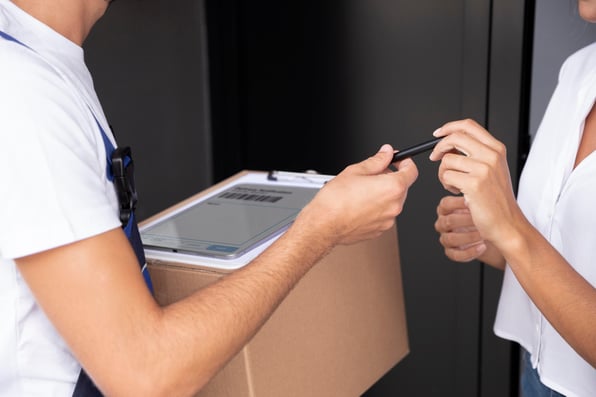
Asset Mapping for Restaurants: A Comprehensive Guide
Ciprian Chiripuci
.jpg)
Efficiency and organization are keys to success. One powerful tool that has emerged to help restaurants streamline operations and enhance profitability is asset mapping. By meticulously cataloging and managing their assets, restaurants can gain a competitive edge and ensure a seamless experience for both staff and patrons.
Understanding Asset Mapping for Restaurants
Asset mapping involves creating a comprehensive inventory of all tangible and intangible assets owned by a restaurant. These assets encompass a wide range of items, including physical equipment (like kitchen appliances, furniture and POS systems), digital resources (such as software licenses and marketing tools) and even human resources (like staff skills and expertise). This mapping process can be likened to creating a roadmap that guides a restaurant toward optimal resource allocation and utilization.
Real-Life Examples
Equipment and Inventory Management
A busy bistro realized that they were facing regular disruptions due to equipment breakdowns. By implementing asset mapping, they identified critical equipment nearing the end of its lifespan. This insight allowed them to proactively replace these items, minimizing downtime and ensuring smooth operations.
Staff Skill Mapping
A high-end restaurant discovered that some of their chefs had exceptional pastry skills that were going underutilized. By identifying this talent through asset mapping, they restructured their kitchen operations to feature specialized dessert offerings, resulting in increased customer satisfaction and profits.
Digital Asset Optimization
A trendy cafe realized they were paying for several software subscriptions they rarely used. Through asset mapping, they pinpointed these redundancies and optimized their software suite, leading to substantial cost savings.
Benefits of Asset Mapping for Restaurants
Enhanced Efficiency
Asset mapping provides a clear overview of all assets, enabling restaurants to allocate resources more efficiently. This can reduce wastage, prevent duplication and improve overall productivity.
Cost Savings
By identifying underutilized assets and eliminating redundancies, restaurants can cut unnecessary expenses. This frees up funds to invest in areas that directly contribute to growth.
Improved Planning
Asset mapping equips restaurants with accurate data for future planning. This could involve timely equipment upgrades, skill development for staff or incorporating new technologies.
Risk Mitigation
Identifying assets that are nearing the end of their lifespan helps restaurants avoid unexpected breakdowns or disruptions, reducing operational risks.
Enhanced Customer Experience
When restaurants can offer consistent quality and service due to efficient asset utilization, it directly translates to a better customer experience.
Best Practices for Effective Asset Mapping
Comprehensive Inventory
Create a detailed list of all physical, digital and human assets. Don't overlook smaller items, as they can collectively impact operations.
Utilize Technology
Leverage asset management software to streamline the mapping process. These tools often offer features like tracking depreciation, maintenance schedules and more.
Regular Updates
Assets and their statuses change over time. Schedule regular reviews to ensure your asset map remains accurate and relevant.
Involve Your Team
Gather insights from different departments to create a holistic asset inventory. This could reveal hidden assets and provide a comprehensive view.
Prioritize and Categorize
Categorize assets based on their importance and relevance. This helps in focusing on critical assets for maintenance, upgrades or optimization.
Data Security and Privacy
Ensure that sensitive data, such as staff information or financial records, are securely managed and accessible only to authorized personnel.
Long-Term Perspective
Think beyond immediate needs. Consider assets that might be required in the future to adapt to changing industry trends or regulations.
In a restaurant industry characterized by constant challenges, asset mapping emerges as a beacon of efficiency, cost-effectiveness and improved planning. By understanding its principles, learning from real-world examples and implementing best practices, restaurants can harness the power of asset mapping to optimize their operations, enhance the customer experience and secure a prosperous future in the culinary landscape.
Related posts
Here are some resources to help you get more out of your assets


Ciprian Chiripuci
Truck Sealing in Delivery Logistics: Definition, Benefits and Best Practices

Ciprian Chiripuci
Mastering that Last Mile
READY TO TALK?